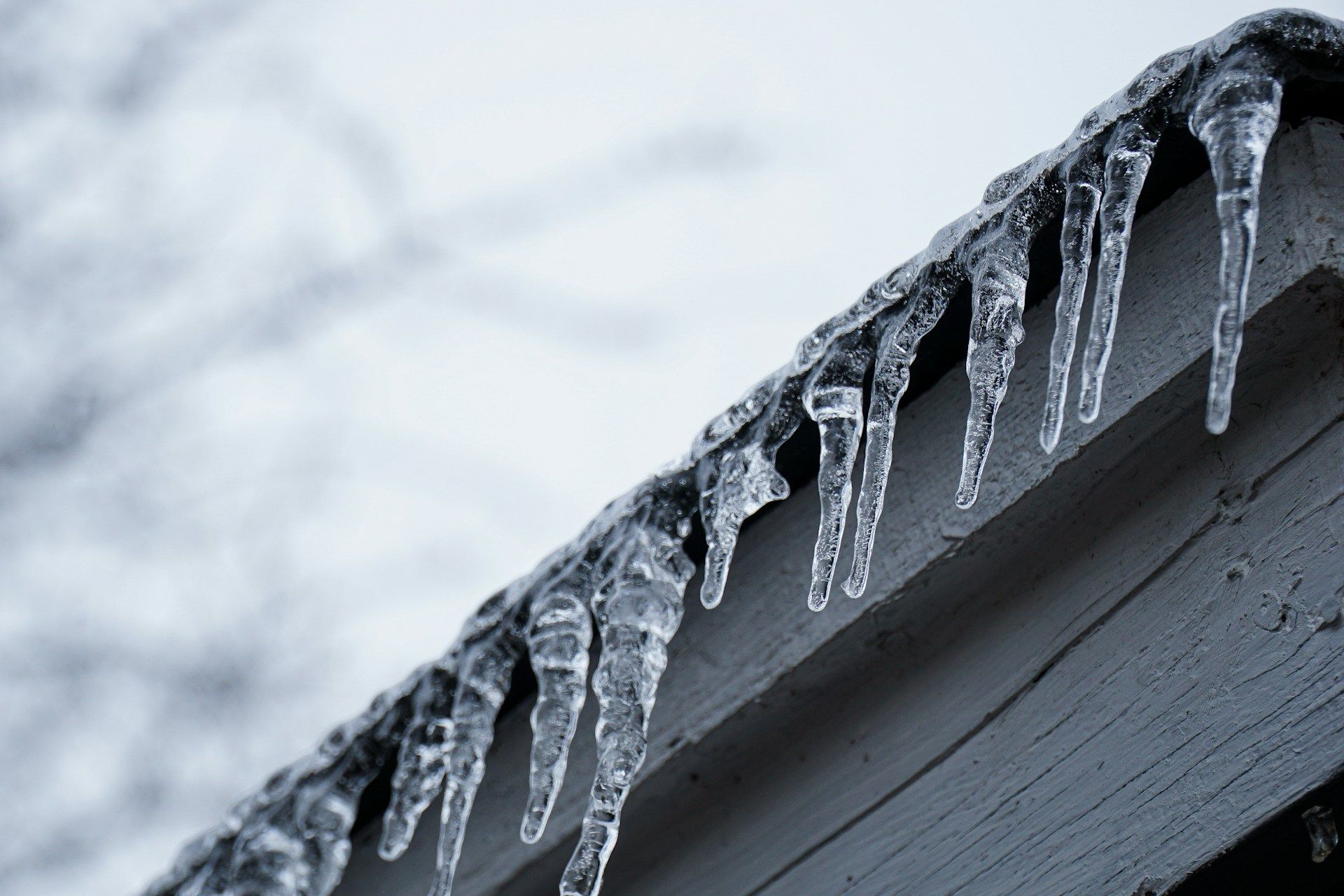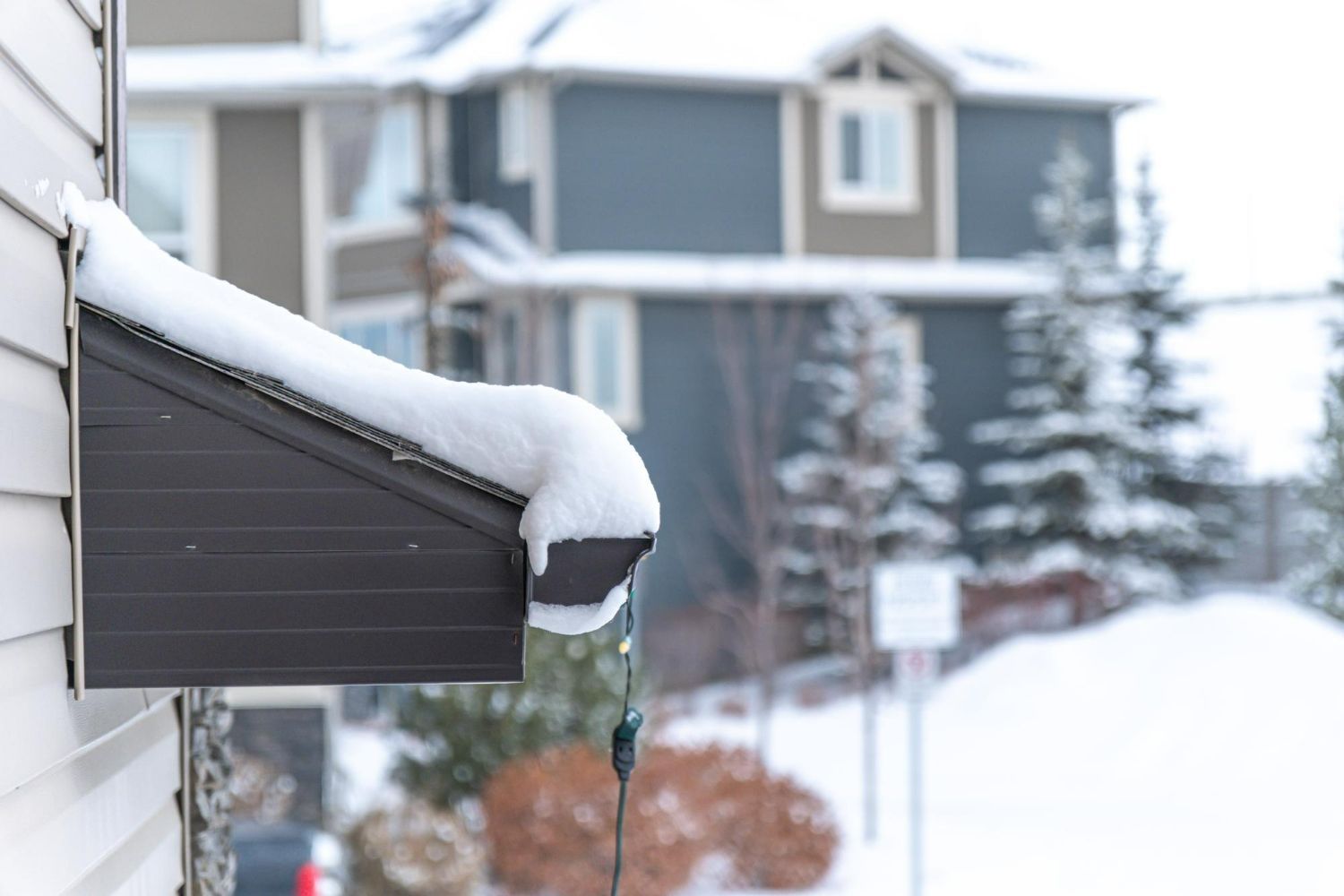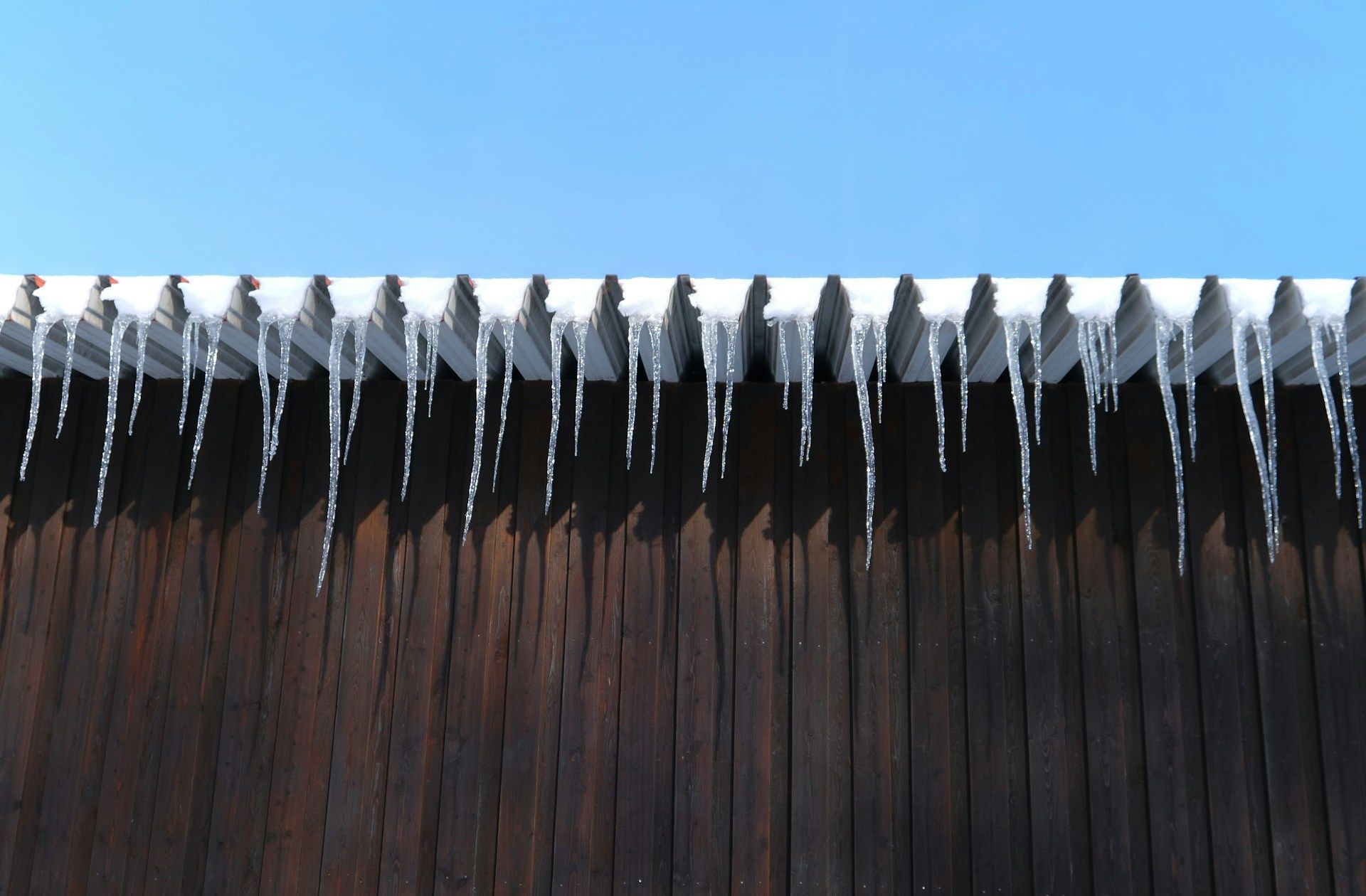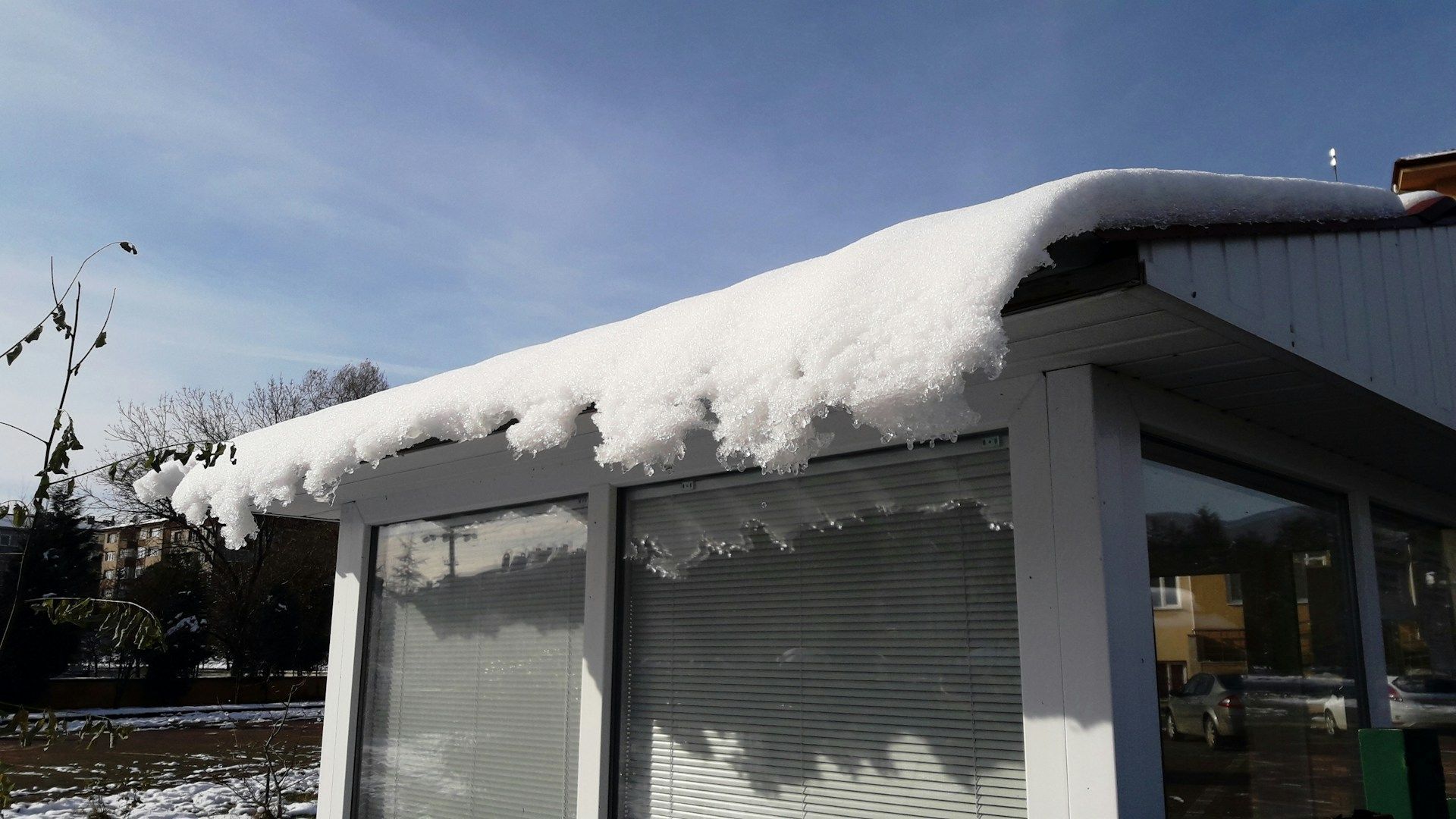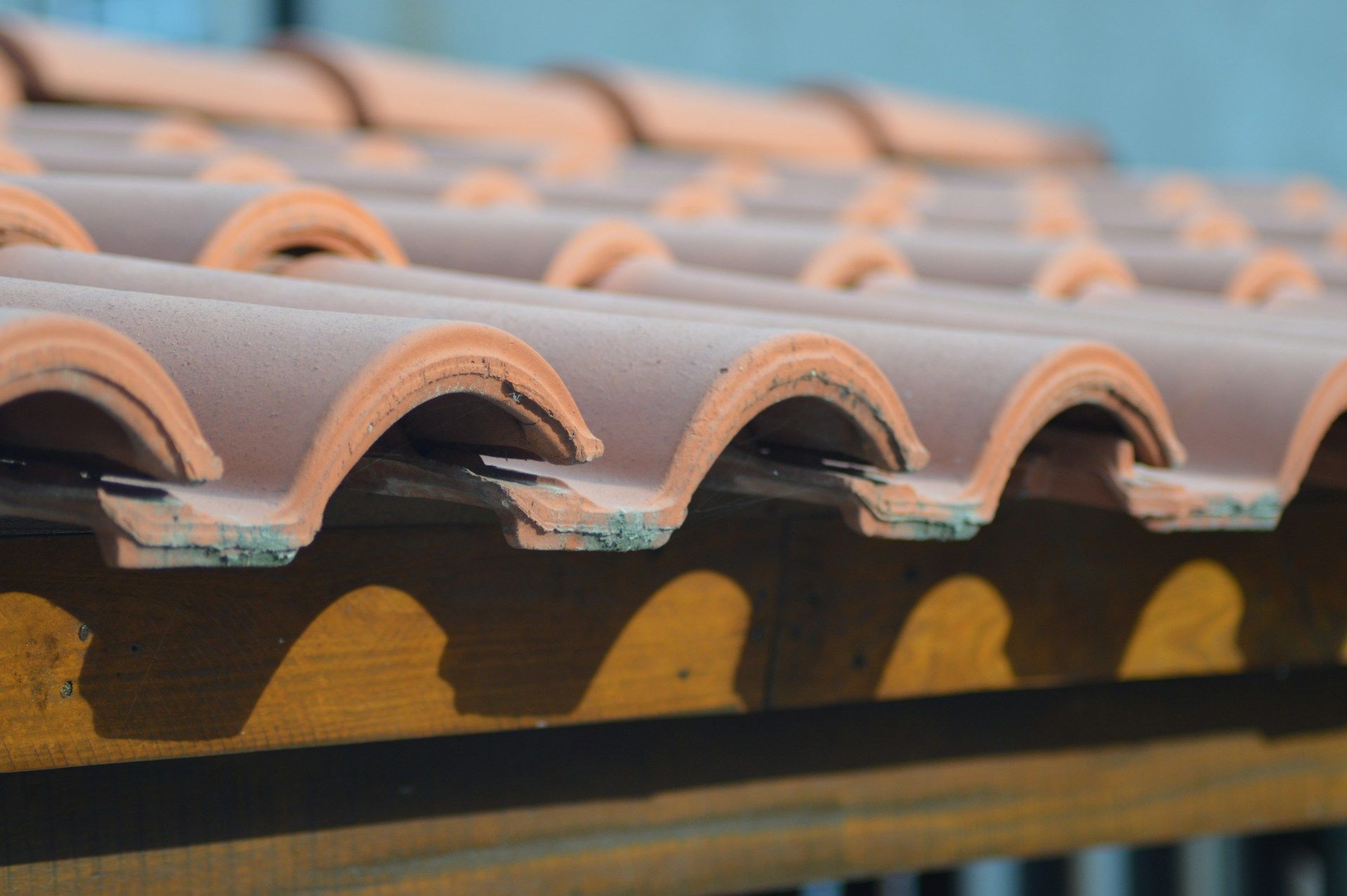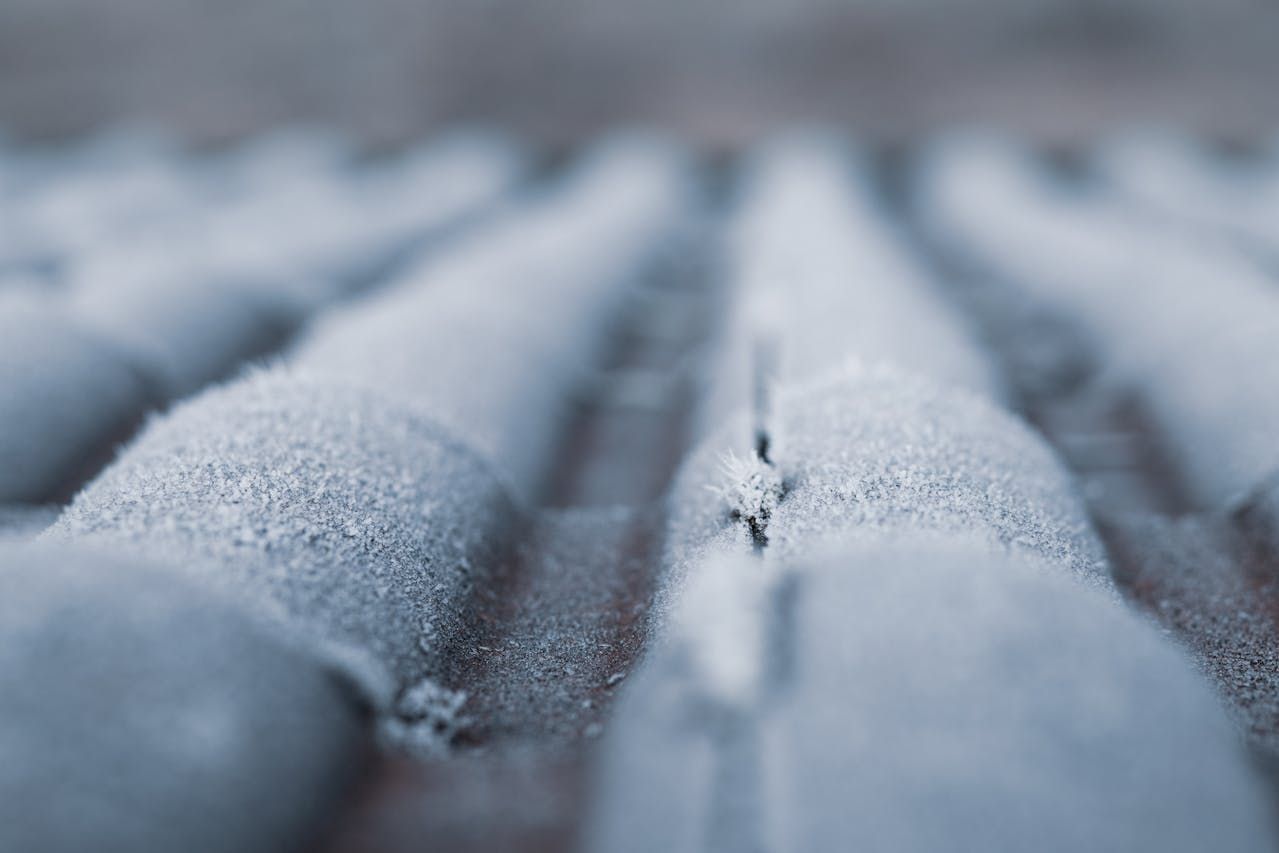How to Choose the Best Roofing Material
Choosing the right roofing material for your home is an important decision. Your roof protects your house from the weather and adds to its overall look. With so many options available, it can be challenging to know which material is best for your home. This article will guide you through the different types of roofing materials and what to consider when making your choice.
First, you need to understand the various types of roofing materials. Each type has its own benefits and drawbacks. Knowing these can help you make an informed decision. Some materials are more durable, while others may be more affordable or easier to install. It's important to balance these factors to find the right fit for your home and budget.
Next, you need to think about factors that affect your choice of roofing material. Consider the lifespan of each material and how much maintenance it requires. Different materials last longer than others and may need different levels of care. Also, the climate in your area plays a big role in determining which material will perform best. Some materials are better suited for certain weather conditions.
By the end of this guide, you'll have a clear understanding of how to choose the best roofing material for your home. Making an informed choice can ensure that your roof lasts for many years and keeps your home safe and beautiful.
Understanding Different Types of Roofing Materials
There are several types of roofing materials you can choose from, each with its own benefits and drawbacks. Asphalt shingles are the most common and affordable option. They come in a variety of colors and styles, and are relatively easy to install. However, they may not last as long as other materials and can be susceptible to wind damage.
Metal roofing is another popular choice. It is durable and can last up to 50 years or more. Metal roofs are also fire-resistant and can reflect heat, making them energy-efficient. However, they can be more expensive to install than asphalt shingles and may require additional insulation to reduce noise from rain or hail.
Clay and concrete tiles are known for their durability and long lifespan. They can last up to 100 years and are resistant to fire and insects. These tiles are heavier than other materials, so your home's structure must be able to support the weight. They are also more expensive and require professional installation.
Finally, wood shingles and shakes offer a natural and rustic look. They are made from cedar, redwood, or other types of wood and can last up to 30 years. Wood roofing is eco-friendly and provides good insulation. However, it requires regular maintenance to prevent mold, rot, and insect damage. It is also more prone to fire than other materials.
Factors to Consider When Choosing Roofing Materials
When choosing roofing materials, consider several important factors to ensure you make the best decision for your home. One key factor is the cost. Different materials come at different price points, so you'll need to balance your budget with the benefits that each material offers. Remember to include both the initial cost of the materials and the installation expenses.
Another factor to consider is the durability and lifespan of the roofing materials. Some materials, like metal or clay tiles, last much longer than others, like asphalt shingles. If you plan to stay in your home for a long time, investing in a more durable material may save you money in the long run by reducing the need for frequent replacements or repairs.
You should also think about the maintenance requirements of each type of roofing material. Some materials, like wood shingles, need regular upkeep to stay in good condition, while others, like metal, require less maintenance. Consider how much time and effort you are willing to invest in maintaining your roof.
Lastly, consider the aesthetic appeal of the roofing materials. Your roof is a prominent part of your home's exterior, so choose a material that complements the style and color of your house. Whether you prefer the traditional look of asphalt shingles or the sleek appearance of metal, make sure your choice enhances your home's curb appeal.
Comparing the Longevity and Maintenance of Different Roofing Options
Different roofing materials have varying lifespans and maintenance needs. Asphalt shingles, the most common roofing material, typically last 20 to 30 years. They are relatively easy to maintain, but may require occasional repairs due to wind or storm damage.
Metal roofing offers a longer lifespan, often lasting 40 to 70 years. It requires minimal maintenance, primarily just regular cleaning and inspections to ensure there are no loose panels or rust spots. Metal roofs are also resistant to fire and can withstand harsh weather conditions, making them a durable choice.
Clay and concrete tiles are known for their exceptional longevity, lasting up to 100 years. However, they require a sturdy roof structure to support their weight. Maintenance for these types of roofs is low, consisting mainly of checking for cracked or broken tiles and replacing them as needed. They are also highly resistant to fire and pests.
Wood shingles and shakes have a shorter lifespan, usually around 20 to 30 years. They require more upkeep to prevent mold, rot, and insect damage. Regular treatment and cleaning are necessary to maintain their appearance and structural integrity. While wood roofs offer a charming, natural look, they are more susceptible to fire and weather damage compared to other materials.
Climate Considerations and Best Roofing Materials for Your Area
When choosing a roofing material, it's important to consider the climate where you live. Different materials perform better in certain weather conditions, so selecting the right one can improve your roof's durability and efficiency.
For hot climates, metal roofing is a great choice. Metal roofs reflect heat, helping to keep your home cooler and reducing energy costs. Clay and concrete tiles also perform well in hot environments as they are resistant to heat and provide excellent insulation.
In areas with heavy rainfall or humidity, asphalt shingles and metal roofs are ideal. Asphalt shingles are water-resistant and can handle wet conditions well. Metal roofs are also resistant to moisture and less likely to develop mold or mildew.
For regions that experience severe weather, such as hurricanes or heavy snowfall, durability is key. Metal roofing and concrete tiles are both excellent options due to their strength and ability to withstand extreme weather conditions. Wood shingles may not be suitable for these areas as they can be more easily damaged by harsh weather.
For cold climates, consider materials that can handle freeze-thaw cycles, like asphalt shingles or slate. These materials are less likely to crack under the stress of freezing and thawing, ensuring a longer lifespan for your roof.
Conclusion
Choosing the best roofing material for your home involves careful consideration of various factors, including material types, cost, durability, maintenance, and climate suitability. Each roofing option has its own set of advantages and drawbacks, making it important to weigh your specific needs and circumstances.
By understanding the different types of roofing materials and the factors that influence their performance, you can make an informed decision that will protect your home and enhance its appearance. Whether you prioritize longevity, low maintenance, or climate adaptability, there is a roofing material that will meet your needs.
If you're ready to choose the best roofing material for your home, reach out to Region Roofing & Remodeling. Our
residential roofing contractor is here to help you make the right choice and ensure a professional installation that will keep your home safe and beautiful for years to come. Contact Region Roofing & Remodeling today to get started on your roofing project.

